This is a two-part boat maintenance series. Part 1 focuses on year-round boaters in warmer climates while Part 2 focuses on seasonal boaters getting ready to de-winterize and summer-ize their crafts.
For seasonal boaters up north, Spring is the perfect time to get your boat ready for summer. So, what can you do to ensure your boat is heathy for the season ahead?
For expert advice, we spoke to Liquid Fire Fishing Team Captain Mark Henderson – our TACO Marine Strategic Product Category Manager who winterizes and de-winterizes his SeaVee 390Z Center Console with Mercury 350 quad outboard engines every year.
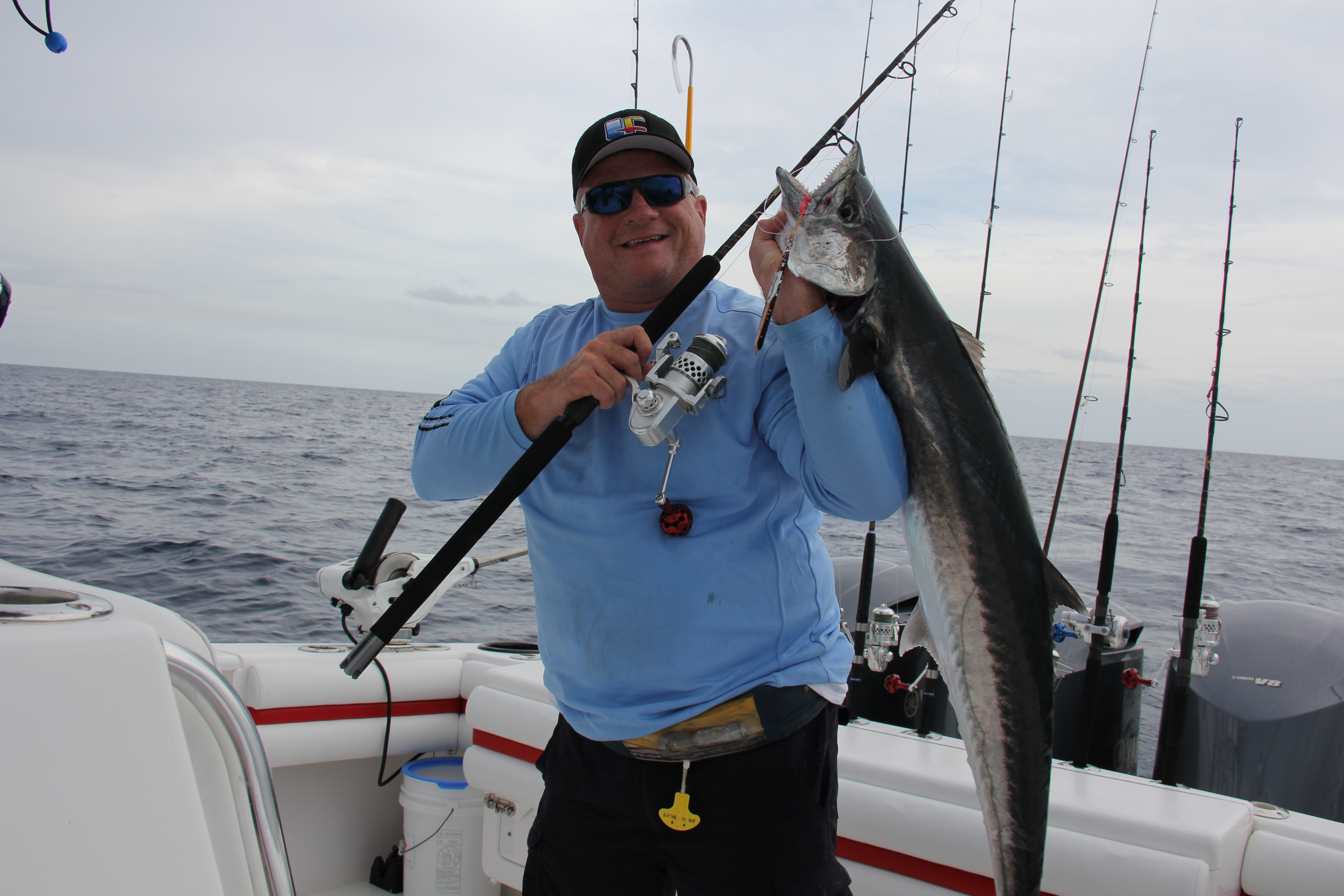
FUEL TANKS
If possible, it’s always best to completely fill your fuel tanks with non-ethanol fuel, especially when storing the boat for a several-month period of time, said Henderson. This will minimize opportunity for condensation buildup on the inside of the tanks. Ethanol-based fuel can cause numerous problems with the performance of your outboard motor.
After filling the tanks, install your favorite fuel stabilizing product, such as Sta-Bill, Starbrite, Mercury, Yamaha, etc. This will help with the phase separation in fuel. For more information about fuel stabilizers, we recommend reading “Fuel Stabilizers: Tested by BoatingLAB” in BOATING magazine.
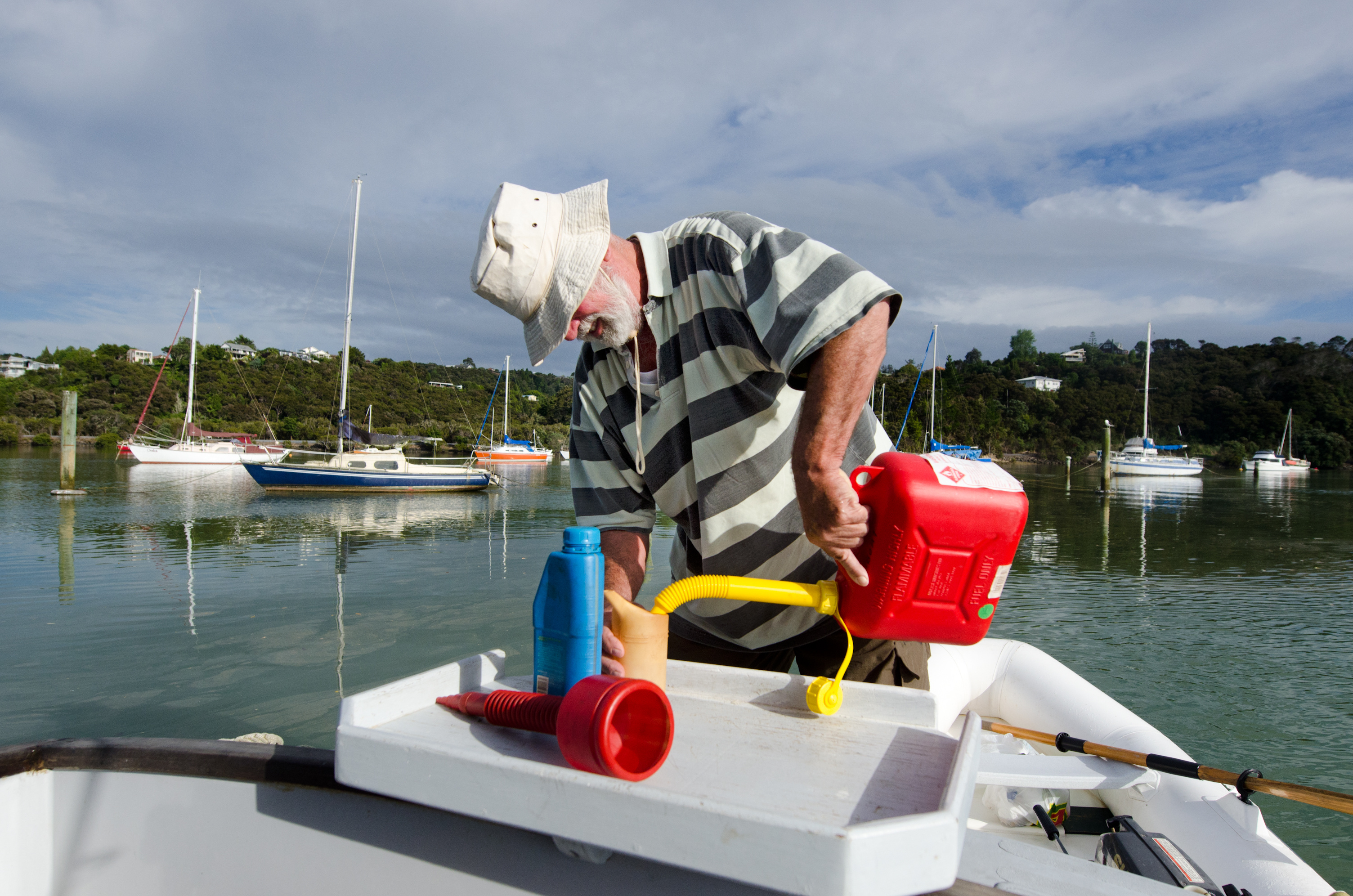
“When using fuel stabilizer, make sure you use the proper ratio to the amount of fuel in your tanks,” said Henderson. “This will allow the product to work efficiently.”
STEERING SYSTEMS
Prior to re-launching your boat, Henderson said it’s a good idea to have your service center lubricate cables in the steering system, engines and throttles. He also recommends checking the connections between the steering system and engine and ensuring all nuts and bolts are greased.
“Paying attention to these small things keeps you from having big issues when you put the boat in the water,” he said.
Henderson encourages boaters to check steering systems for signs of corrosion, rust, leaks, pools of oil or hydraulic fluid and whether all steering components are tight and securely in place.
Additionally, Henderson said re-lubricating engine covers, seals, gaskets and other components throughout the boat is always a must during de-winterization.
“If they’re not lubricated, those seals and gaskets will stick to the surface and when you take them off, it’ll pull the surface off and you’ll have a whole new set of problems right there,” he said.
ENGINES
Prior to setting up for winter, Henderson said it’s best to change the lower-unit engine oil. However, if you didn’t change the oil prior to winter, then during de-winterization is your next best option.
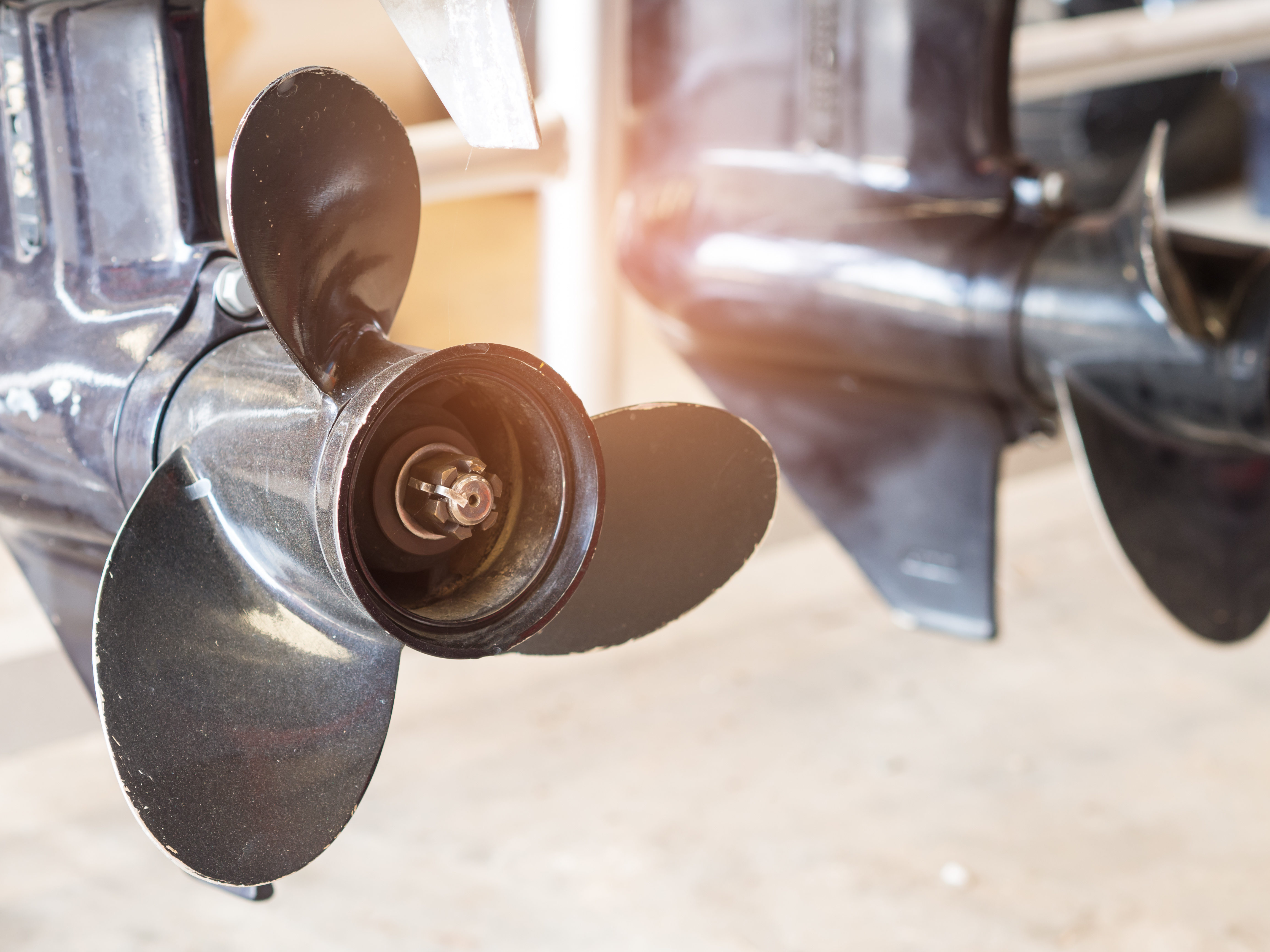
While changing the lower-unit oil, Henderson said to check for excessive amounts of metal or water to ensure a seal inside the motor hasn’t broken. A sign of a broken seal may also be milky-looking lower-unit oil.
After replacing the lower-unit oil, Henderson said to check whether outboard motors are secured tightly to the transom bracket or integrated transom.
Lastly, Henderson said it’s always a good idea to run fresh water through the engines to ensure everything is working properly.
“You can do this stuff in your driveway at home,” he said. “Put it on a hose with muffs around the lower unit and allow the engines to start. Make sure the water pumps operate and that water is coming through the hole in the side of the engine.”
DECK
Depending on where you store your boat during winter, you may need to re-clean the deck. Henderson said to spray fresh water in places you wouldn’t normally, which helps remove any dirt, debris and remaining salt deposits.
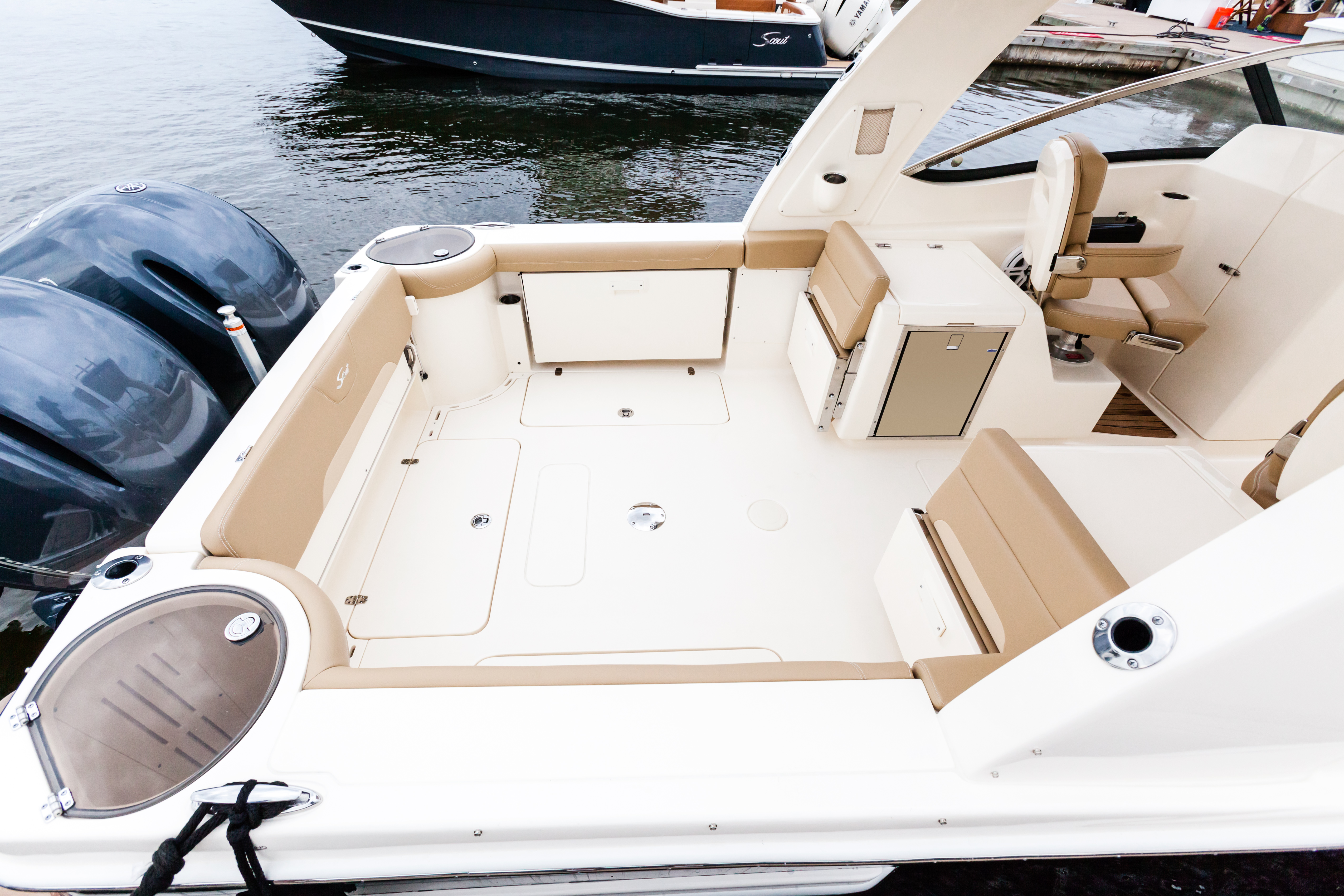
When cleaning the deck, Henderson said to avoid using abrasive chemicals, such as bleach, which may damage the gel coat. Instead, he said to look for gelcoat-safe cleaning products that contain wax, which may also help buff the deck.
“There’s nothing like a little bit of elbow grease to keep your deck clean,” he said.
If possible, Henderson recommends using a tarp or boat cover after cleaning the boat before it goes into storage. This will help eliminate a lot of future cleaning when you’re ready to put it back in for the season.
BATTERIES
Throughout winter, keeping your boat batteries charged is important, said Henderson. If your boat doesn’t have an onboard battery charging system that can stay plugged in throughout the storage period, you may want to consider purchasing a good charger that won’t allow your batteries to be overcharged. If you do this, your batteries will last much longer and keep your costs down from having to replace the batteries too often.
“Once you start getting down below 12 volts, it can become a real issue,” he said.
When starting the boat for the first time after winter, Henderson said it’s wise to run the engine and batteries while the boat is trailered for several minutes to check for alarms and listen for any problems.
“Make sure you check all of your operating systems on the boat, so when you get to the ramp, you don’t have any delays or delay other boaters,” he added.
For more information on how you can improve your boat’s health, check out “Maintenance Tips for Boaters Part 1: Year-Round” and subscribe to this blog.

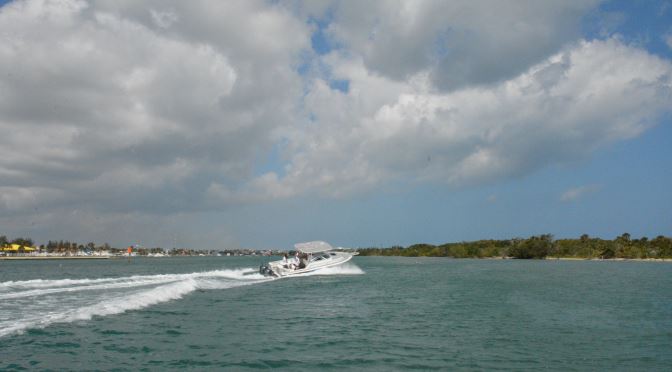







Please login first to add comment. Please click here to login.